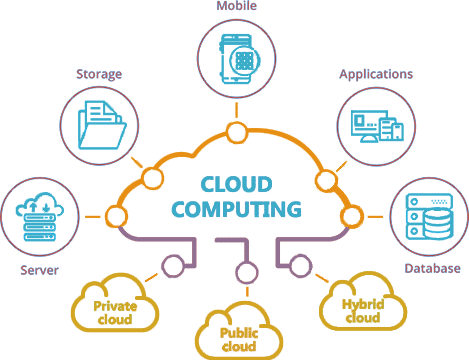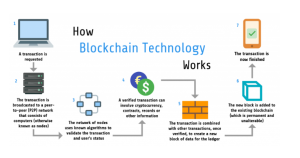
In today’s digital era, cloud computing has become an indispensable technology for businesses of all sizes. It enables organizations to store, manage, and access data and applications over the internet, eliminating the need for physical infrastructure and providing scalability, flexibility, and cost-effectiveness. Cloud migration, on the other hand, refers to the process of moving an organization’s existing data, applications, and other business elements from on-premises infrastructure to the cloud.
Understanding Cloud Computing
Cloud computing involves the delivery of computing services, including storage, databases, software, and networking, over the internet. It offers numerous benefits, such as on-demand availability, pay-as-you-go pricing models, and automatic software updates. Cloud providers maintain the underlying infrastructure, allowing businesses to focus on their core competencies without worrying about hardware management and maintenance.
The Advantages of Cloud Computing
Cloud computing brings various advantages that make it an attractive choice for organizations. Scalability is one such advantage, as cloud platforms can scale up or down instantly based on demand. This allows businesses to meet fluctuating workload requirements without investing in additional hardware. Additionally, cloud computing offers high availability, ensuring continuous access to applications and data. Disaster recovery is also simplified, as cloud providers typically have robust backup and recovery mechanisms in place.
Cloud Migration Strategies
Cloud migration can be a complex process that requires careful planning and execution. There are different strategies businesses can adopt based on their specific needs. Lift and shift, or rehosting, involves moving applications and data from on-premises infrastructure to the cloud with minimal modifications. It offers a quick and straightforward migration but may not fully leverage cloud-native features.
Refactoring, also known as rearchitecting, involves making significant changes to the existing applications to optimize them for the cloud environment. This strategy may require more time and resources, but it enables organizations to take advantage of cloud-native capabilities and achieve better performance and cost-efficiency.
Rebuilding involves rebuilding applications from scratch using cloud-native tools and services. This strategy provides the greatest level of flexibility and scalability but can be time-consuming and expensive. It is typically chosen for applications that require significant modernization or when organizations want to leverage the full potential of the cloud.
Challenges of Cloud Migration
While cloud migration offers numerous benefits, it also poses some challenges for organizations. One major challenge is data security and privacy. Moving sensitive data to the cloud requires robust security measures to protect against unauthorized access or breaches. Organizations must closely evaluate the security protocols and compliance standards of their chosen cloud provider.
Another challenge is application compatibility. Not all applications are designed to run in the cloud environment, and some may require significant modifications or rework to function effectively. Additionally, organizations may face challenges in integrating their existing systems with cloud-based applications and services, requiring careful planning and implementation.
Best Practices for Cloud Migration
To ensure a successful cloud migration, it is important for organizations to follow best practices:
Perform a thorough assessment of existing systems and applications to determine their suitability for cloud migration.
Build a comprehensive migration plan that includes timelines, resource allocation, and potential risks.
Prioritize applications and data based on their criticality and complexity.
Conduct testing and validation to ensure compatibility, performance, and security.
Train employees on using cloud technologies and help them understand the benefits and impact on their daily work.
Conclusion
Cloud computing and migration have revolutionized the way organizations operate and manage their IT infrastructure. Cloud computing offers unmatched scalability, flexibility, and cost-effectiveness, while migration to the cloud allows businesses to leverage these benefits. However, careful planning, understanding of migration strategies, and adherence to best practices are necessary for a successful and seamless transition to the cloud.

